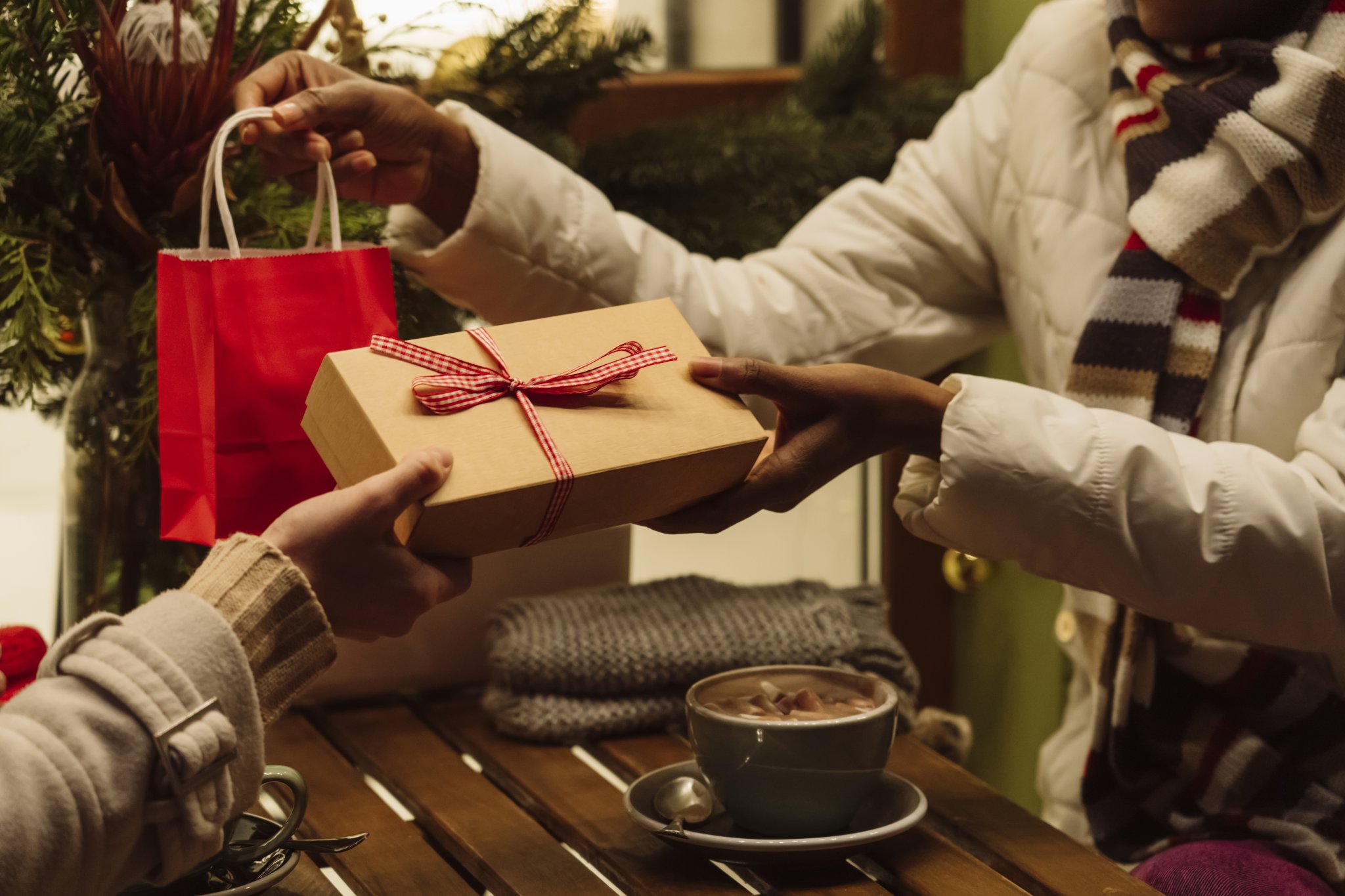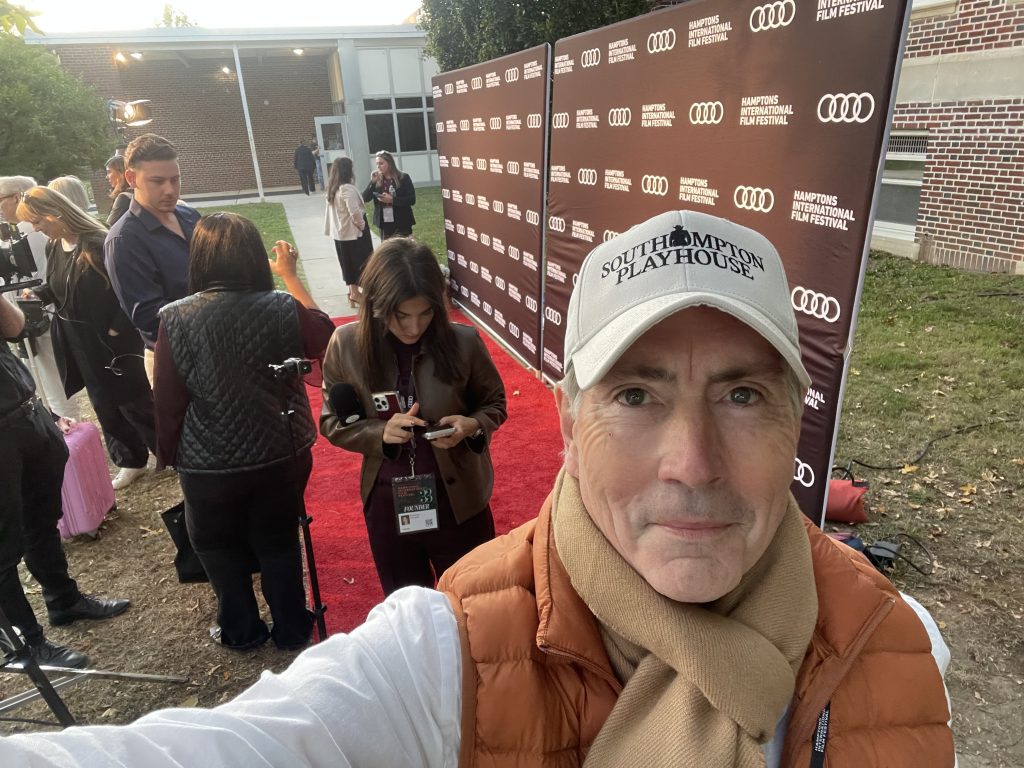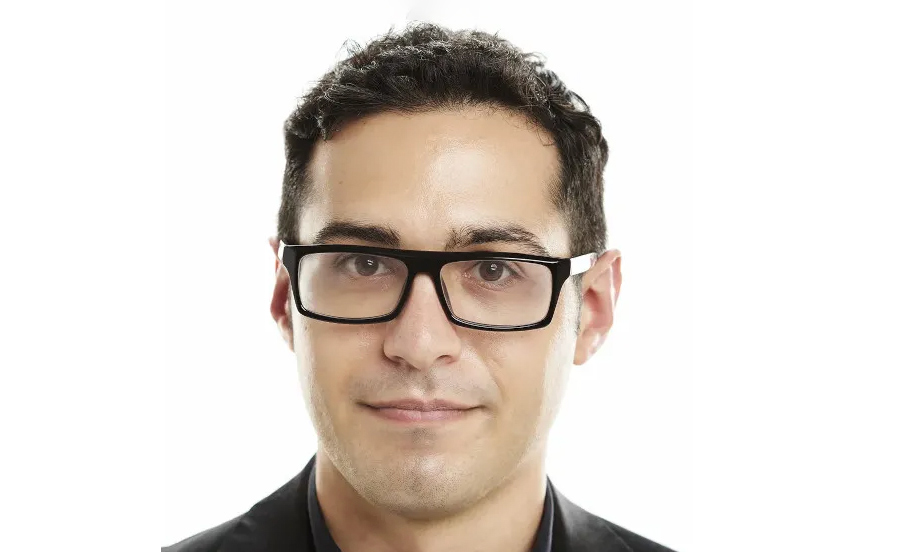Shinnecock Voices: Being Indigenous & Christian in the Season of Giving

The theme of this issue is a guide to gifting. While this article isn’t your conventional guide on how to give — if you’d like to see that, I can list some Native-owned businesses you can support, my own included — what I will offer you is my personal recommendation for learning how to give: Find out more about where you come from.
As I drive around in my car listening to holiday music in preparation for the holiday season, I am reminded of my grandmother at the beginning of this year. As I enter my 30s, the unexpected passing of my Shinnecock and Unkechaug grandmother, Martha Carle Tinsley, reminded me that respect is not an earned attribute but it is in fact required by and for all humanity. Respect is a powerful gift that must be maintained, refined and developed through your livelihood and actions, but is always deserved, especially in death.
Last year, I watched my mother wash her mother as she passed from this world to the next. I felt my world shift as I lost another matriarch. As Indigenous women, giving is in our DNA, from the first breath of life, to the first gestation of cells in the womb, carrying on through childbirth and into the new being. We are always giving part of ourselves away in order for more to be received. While I may have lost the physical presence of my grandmother, her passing has gifted me a new light.
I look through my windshield as I drive through my hometown and I laugh at the ironically similar image of my childhood: one of my grandmother, driving an eerily similar car, on the same roads, listening to holiday music on WALK-FM. I am reminded of her warmth and unwavering ability to make you feel seen even with a car full of siblings or cousins. The holidays was her favorite time of year, and because of that, my mother’s, and also mine. However, her involvement in Christianity didn’t stop at the holidays like so many other “Christians.” She was a leader in our church and brought her faith into her home and to her family. This isn’t an uncommon experience for many native families, especially Shinnecock and Poospatuck families; this due to what we all know as colonization.
For years, like so many young Native people, or young people in general, I turned away from the church and Christianity. I maintained my connection to holidays like Christmas and Easter, primarily due to my family’s “traditional” and lifelong church involvement, but also simply because it was familiar to me. Even the idea of an Indigenous person being devout within the realms of Christianity confused me, especially when I was away from my family. The idea that we, as Native people, could worship a god or be a part of something that had such detrimental impacts on Indigenous populations around the globe created a struggle within me. That is, until this holiday season … the one without my grandmother.
Traditional Indigenous values were the foundation of what so many Indigenous communities today appreciate within Christian teachings. With my family being involved in the Anglican (Episcopal) and Presbyterian churches, historically and contemporarily, it’s also subsequently a part of my Native history as well. Last year, my grandmother’s funeral service, held at my Episcopal church in Bellport, incorporated both aspects of what I have concretely determined is a part of my Shinnecock history, with one of our Shinnecock honor songs and a Christian funeral service. Hearing about the extent of charitable community efforts and initiatives that my grandmother was involved in while planning and during the service was inspiring. What I was left with was how the interconnection of my grandmother’s Native culture and her Christian faith impacted her life. It opened my eyes to how similar the fundamentals of my traditional Native culture can be to those of Christian values.
Before moving forward, I need to acknowledge that I am no way discounting the actions the church and its ministries have enacted on Indigenous peoples and subsequent generational trauma they experience and can continue to experience. I am merely stating that for me, and possibly many others, the church has been woven into our modern Indigenous history.
From first contact with the Dutch and then the English, the Native community on Long Island has been here. Met with curiosity and hospitality, the colonists were given aid through food assistance, environmental education and basic human kindness they felt were deserved by all people. As a first contact tribe, Christianity and the Bible were the best avenues for our initial attempts at communicating with the settlers and soon to be colonizers. In these attempts, it led some Natives to have an appreciation for some similarities in traditional Native lifeways and Christian teachings and community activities.
What I think can be agreed upon is that generosity, giving and sacrifice are actions to be respected. Giving and gifting are a cultural staple within Indigenous and Christian communities. Caregiving, providing nourishment or materials, and the emotional and spiritual power behind each action provides not only the receiver with a present but the gifter. Indigenous people traditionally value giving and reciprocity, to the point that it is a fundamental aspect of the culture and spirituality.
It is rare that Native communities “gatekeep” information, food or aid when it comes down to basic human needs. If you are in need, you will first be helped. Many Western scholars have classified this almost inherent method of generosity as something called “radical hospitality.” It can feel ironic that giving can at any point be considered radical, but broken down to the basic meaning of the word “radical,” it simply just means different, and this difference is taking the time to notice. To have the ability to notice, and see the true needs of others. It’s something that I experience on fewer occasions than I would like, but most often those occasions occur when I am around my relatives and other native people. But I can also feel that way during the holidays.
There’s a feeling of connection that so many experience during the holidays that I also experience when I encounter other Native people. It’s sometimes an overwhelming feeling of acceptance, understanding and even comfort. This connection, specifically to the story of Jesus, for some Native communities falls during traditional feast seasons and tribal gatherings. Many Indigenous people like my family celebrate Christian holidays, and in many ways, have those holidays centered on their own adapted Native traditions to fit those occasions. We are taught lessons and traditions through repetition and consistency, and we become what we are through repeated acts. In traditional Native homes you are always first met with kindness, respect and fundamental welcoming. The story of Jesus and his welcoming of strangers, feeding, clothing and helping the needy was not only a sacred act for Christian followers, they were also traditional acts of Indigenous communities. The Nativity is a powerful story that resonates with so many people including Native communities like the ones my grandmother gifted me to be apart of. Its story of humility and its involvement of animals, the ultimate gathering of nations in celebration and feasts to give thanks to the gift from the Creator is something that can link so many of us, and resembles so many stories for Native people. It is a story that Native people noticed, adopted and adapted because the importance of its overall message: to give.
The holiday season’s festivities, memories and message to give is so powerful that it has brought me into what almost feels full circle with my own actions pivoting and becoming more community focused. The memory of my grandmother and her identity as a “Christian Indian” and what that ministry meant for her in her life has led me to an avenue of giving that involves community health initiatives, tribal fitness classes and advocacy, and as of last spring, even church ministries. Which is not to say that I have been “born-again” into a Christian life, as my involvement is simply a small position I hold as one of my many jobs. However, its the impact and the ripple effect of giving that I find reinforces my connections to my grandmother and Shinnecock history, and vice versa. Each day I spend at my job with the church I continue to learn more about my grandmother, other relatives, history and heritage, but also about the evolving world of the church. While the church has a lot of reconciling to be done, its familiarity within so many Native communities and other communities throughout the world is proof that the power of giving and its link to respect to another is real.
This holiday season, this winter and through the rest of your life, give the gift of neighborly love that you and your community so desperately need. It starts from understanding the power of giving, its impact on the spirit and the empowering connection it has for all of us.








